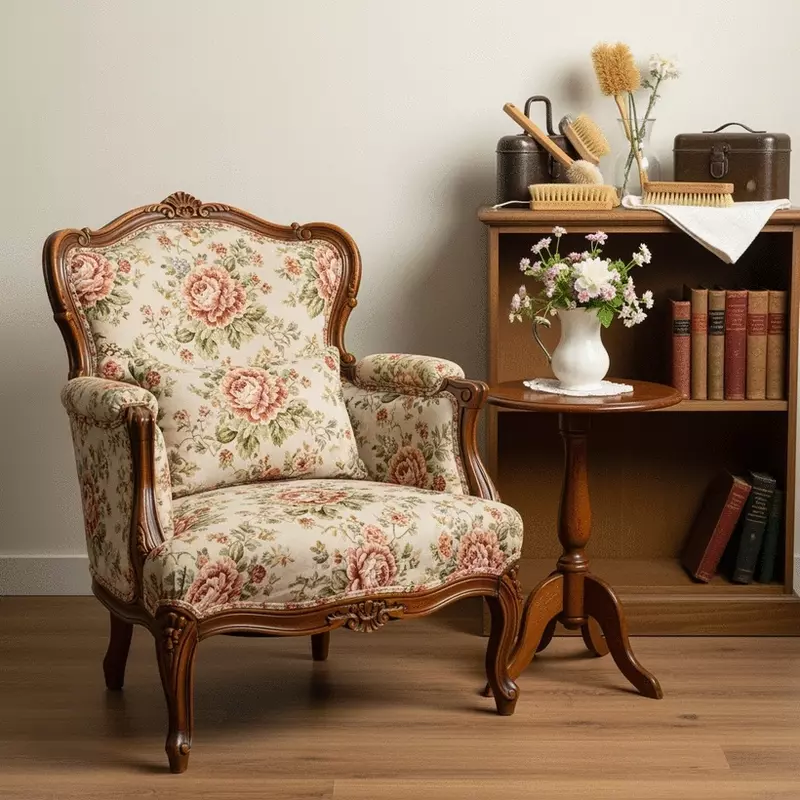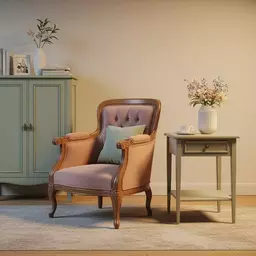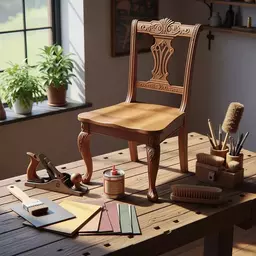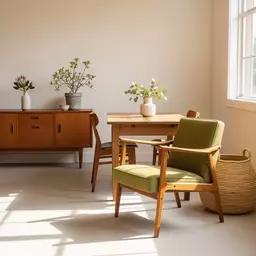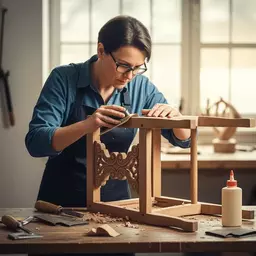Tools for Antique Furniture Care
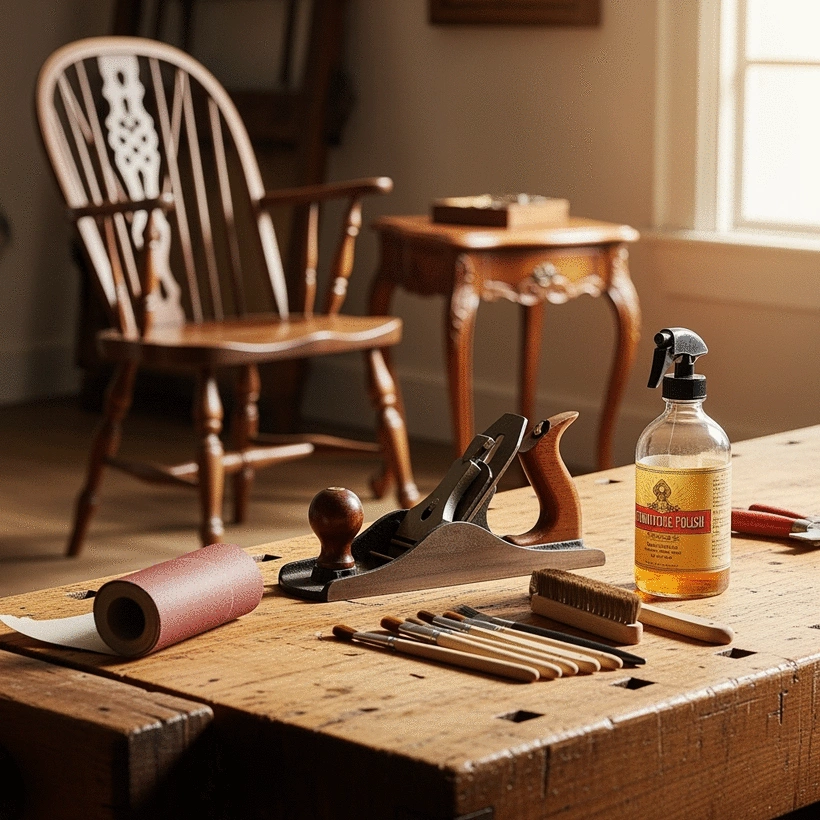
The timeless beauty of antique furniture is not just in its appearance, but in the stories it holds. Each unique piece is a vessel of history, waiting for someone to preserve its legacy. What if you could transform your understanding of these treasures into actionable steps that ensure their survival for future generations?
What You Will Learn
- The historical significance of antique furniture and its role in understanding design evolution.
- Key characteristics of antique craftsmanship, including common wood types and joinery techniques.
- Essential tools for restoration, such as scrapers, wood glue, and sandpaper, along with their specific applications.
- Simple maintenance practices that can enhance the longevity and value of your antiques, such as regular dusting and waxing.
- Where to find quality restoration tools and materials, including local hardware stores and antique shops.
- Resources for further learning, including books, online tutorials, and workshops to sharpen your restoration skills.
Key Tools and Maintenance Practices for Antique Furniture Care
Understanding the essential tools and maintenance practices ensures the longevity and beauty of antique furniture. Below is an overview of crucial aspects to consider, including how to approach restoring antique furniture safely.
Essential Tools
- Scrapers
- Sandpaper and Sanding Blocks
- Wood Glue and Adhesives
- Brushes and Chisels
- Wood Filler
Maintenance Practices
- Dust Regularly
- Use Coasters
- Wax Periodically
- Avoid Direct Sunlight
Understanding the Importance of Antique Furniture Care
Caring for antique furniture is like tending to a beloved heirloom; it requires both knowledge and affection. These beautiful pieces often carry stories from the past, and with the right care, they can continue to charm future generations. At Antique Furniture Guide, we believe that understanding how to preserve these treasures is fundamental to enjoying their beauty.
Antique furniture isn’t just about aesthetics; it's also an investment. Over time, these pieces can appreciate in value, making effective care essential. Regular maintenance and restoration not only help sustain their condition but also enhance their worth, turning them into cherished parts of your home.
The Value of Preserving Antique Furniture
Preserving antique furniture is an act of love for craftsmanship and history. Each piece is a testimony to the period it represents, holding both artistic and material significance. When we maintain these items, we honor the artisans who created them and the stories they encapsulate.
There are several key reasons why preserving antique furniture is invaluable:
- Historical Significance: Each piece carries a unique history that contributes to our understanding of design evolution.
- Artistic Craftsmanship: Antiques often showcase exquisite craftsmanship that modern pieces may lack.
- Investment Value: Well-preserved antiques can significantly appreciate over time, making them worthy investments.
- Unique Character: Antiques possess a charm that brings warmth and individuality to any space.
Understanding Antique Furniture Construction and Materials
To care for antique furniture effectively, it's crucial to understand how it's constructed and the materials used. Different eras utilized various woods, finishes, and joinery techniques—knowledge that can guide you in restoration efforts. For example, pieces from the Victorian era often feature rich mahogany, while Arts and Crafts furniture might use oak. This knowledge is also key when buying vintage furniture in Australia.
Here are some common materials and construction methods to familiarize yourself with:
- Wood Types: Mahogany, walnut, oak, and pine are often found in antique furniture.
- Joinery Techniques: Dovetail joints, mortise and tenon, and dowel joints are common in antique craftsmanship.
- Finishes: Natural oils, shellac, or varnish can impact how you clean and restore the piece.
- Upholstery: Knowledge of original fabrics can help maintain the piece's integrity when reupholstering.
Understanding these elements not only aids in preservation but also enhances your appreciation for the artistry behind each piece. Have you ever wondered about the journey of your antique chair? Each scratch and mark has a story behind it, just waiting to be uncovered!
Quick Summary
Here's a brief recap of the key points discussed so far:
- Importance of Care: Antique furniture requires dedicated care to preserve its beauty and value.
- Understanding Materials: Knowledge of different woods and construction techniques is essential for effective restoration.
- Regular Maintenance: Simple routines like dusting, using coasters, and avoiding direct sunlight can protect your antiques.
- DIY Spirit: Embracing DIY restoration not only enhances your skills but also connects you with the rich history of each piece.
Frequently Asked Questions About Antique Furniture Care
Here are some common questions regarding the care and restoration of antique furniture:
- Q: Why is it important to care for antique furniture?
- A: Caring for antique furniture preserves its historical significance, artistic craftsmanship, and investment value. It ensures these unique pieces can be enjoyed by future generations.
- Q: What are the essential tools for antique furniture restoration?
- A: Essential tools include scrapers for removing old finishes, sandpaper and sanding blocks for smoothing, wood glue and adhesives for structural repairs, brushes and chisels for precision, and wood filler for repairing damage.
- Q: What maintenance practices should I follow for my antiques?
- A: Key maintenance practices include regular dusting to prevent buildup, using coasters to protect surfaces, periodic waxing to nourish the wood, and avoiding direct sunlight to prevent fading and warping.
- Q: How can I identify the wood type or construction methods of my antique furniture?
- A: Familiarize yourself with common wood types like mahogany, walnut, oak, and pine, and look for traditional joinery techniques such as dovetail, mortise and tenon, and dowel joints. Resources like books and online tutorials can offer guidance.
- Q: Where can I find quality restoration tools and materials?
- A: Quality tools and materials can be found at local hardware stores, online retailers specializing in restoration, some antique stores that offer supplies and advice, and even estate sales.
Summarizing Key Insights on Antique Furniture Care
As we wrap up our exploration of antique furniture care, it’s crucial to remember the key elements that ensure these beautiful pieces remain cherished for years to come. Each antique carries a history that deserves to be preserved, and the right tools and techniques can make all the difference. From understanding the materials to employing effective maintenance strategies, every step you take contributes to the longevity and beauty of your collectibles.
In summary, the essential tools for restoration include scrapers, sandpaper, wood glue, and adhesives. Knowing how to use these tools properly is vital, as well as mastering techniques such as cleaning, sanding, and applying appropriate finishes. By integrating care practices into your routine, you not only enhance the appearance of your antiques but also protect their inherent value.
Recap of Essential Tools and Techniques
To keep your antique furniture looking its best, here’s a quick recap of the essential tools and techniques you should have in your restoration toolkit:
- Scrapers: Ideal for removing old finishes.
- Sandpaper and Sanding Blocks: Crucial for smoothing surfaces before finishing.
- Wood Glue and Adhesives: Necessary for securing joints and ensuring structural integrity.
- Brushes and Chisels: Helpful for precision work and detailing.
- Wood Filler: Essential for repairing scratches and dents.
By familiarizing yourself with these tools and their uses, you’ll be well on your way to becoming confident in your restoration skills. Remember, practice makes perfect!
Emphasizing the Importance of Regular Maintenance
Regular maintenance is the heartbeat of antique furniture care. Neglecting these beloved pieces can lead to irreversible damage, so it’s important to incorporate simple maintenance routines into your life. Taking the time to clean and care for your antiques will not only keep them looking stunning but can also enhance their value over time, much like regularly maintaining antique wood finishes.
Here are some easy maintenance practices to remember:
- Dust Regularly: Prevent dirt buildup that can scratch surfaces.
- Use Coasters: Protect surfaces from water rings and heat damage.
- Wax Periodically: Apply a good-quality furniture wax to nourish the wood.
- Avoid Direct Sunlight: Prevent fading and warping by keeping pieces in the shade.
By following these simple steps, you ensure that your antique treasures remain beautiful and valuable for future generations to enjoy.
Encouragement for DIY Enthusiasts and Links to Further Resources
As you embark on your journey of antique furniture restoration, I encourage you to embrace the DIY spirit! There’s a unique joy in transforming a worn piece into something stunning that reflects your style. Whether you’re a beginner or have some experience, every project teaches us something new.
Where to Find Quality Tools and Materials for Restoration
Finding the right tools and materials is crucial for any restoration project. Here are some great options for sourcing quality supplies, which can greatly assist in restoring antique furniture safely:
- Local Hardware Stores: Often have a good selection of hand tools.
- Online Retailers: Websites like Amazon or dedicated restoration shops provide a wide range of options.
- Antique Stores: Sometimes sell restoration supplies and offer advice!
- Estate Sales: A goldmine for both furniture and tools.
Always remember to choose tools that feel comfortable in your hands and suit your specific project needs!
Inviting Readers to Share Their Restoration Experiences
I’d love to hear about your restoration adventures! Sharing your experiences not only fosters community but can inspire others to take on their own projects. What challenges have you faced? What are your proudest moments? Please reach out and share your stories!
Resources for Restoration Guidebooks and Tutorials
For those looking to deepen their knowledge, consider these excellent resources:
- Books: Look for titles focused on antique restoration techniques.
- Online Tutorials: YouTube and restoration blogs often provide visual guidance.
- Workshops: Check local community colleges or craft centers for hands-on classes.
By leveraging these resources, you can enhance your skills and confidence as you restore and care for your antique furniture. Happy restoring!
Recap of Key Points
Here is a quick recap of the important points discussed in the article:
- Caring for antique furniture is essential for preserving its beauty and value for future generations.
- Understanding materials and construction techniques helps in proper maintenance and restoration of antique pieces.
- Essential tools for restoration include scrapers, sandpaper, wood glue, and brushes.
- Regular maintenance practices such as dusting, using coasters, and avoiding direct sunlight can prevent damage and enhance longevity.
- Embrace the DIY spirit and share your restoration experiences to inspire others in the antique furniture community.



